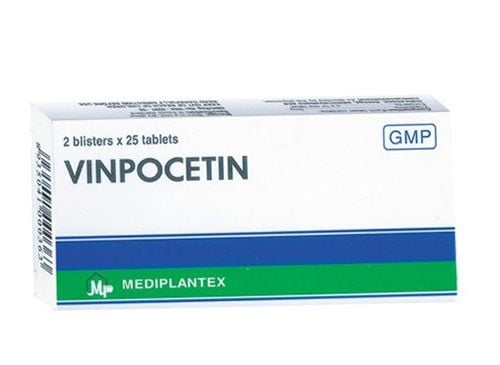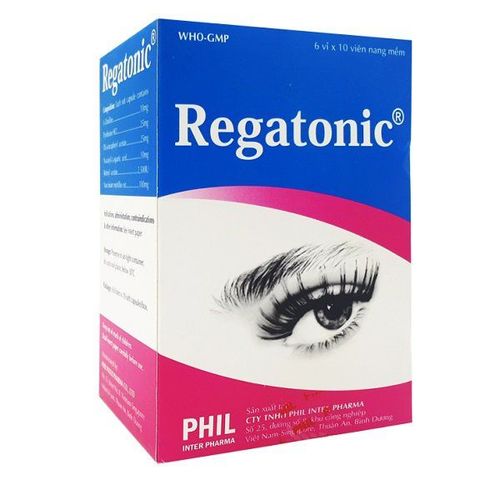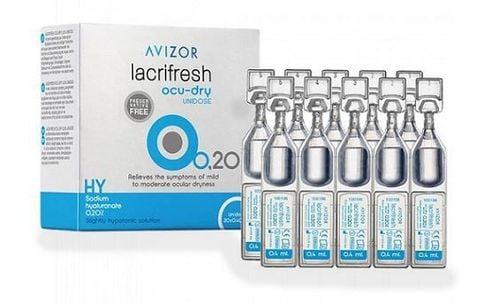This is an automatically translated article.
Myopia is trending up rapidly in recent years, in direct proportion to the changing living standards following the trend of industrialization. Therefore, the addition of nutritional foods for the eyes needs more attention. So what to eat with nearsightedness?
1. Bell peppers
Bell pepper is a fruit that contains a lot of vitamin C, this vitamin has a very good effect on the blood vessels in the eyes. Science has shown that vitamin C can reduce the risk of cataracts. This vitamin is also found in many other vegetables and fruits such as bok choy, cauliflower, papaya and strawberries. Vitamin C is easily broken down by heat, so you should choose foods that can be eaten raw to increase absorption. Brightly colored bell peppers also contain vitamins A and E, making them a good food for nearsightedness.
2. Sunflower seeds and other nuts
One ounce (~28.35g) of sunflower and other nuts contains half of vitamin E. The USDA recommends adding nuts to your daily snack. One study on vitamin E showed that it, along with other nutrients, might slow the process of macular degeneration (AMD). It also helps prevent cataracts. Hazelnuts, peanuts, and peanut butter are also other good sources of vitamin E.
3. Dark green, green vegetables
Kale, spinach, and collard greens are foods rich in vitamins C and E. They also contain vitamin A in two carotene forms, lutein and zeaxanthin, which significantly reduces the risk of eye diseases such as degeneration. macular degeneration (AMD) and cataracts. If you are eating a Western-style diet, consider adding dark green, leafy vegetables to balance your nutrition and help keep your eyes healthy.
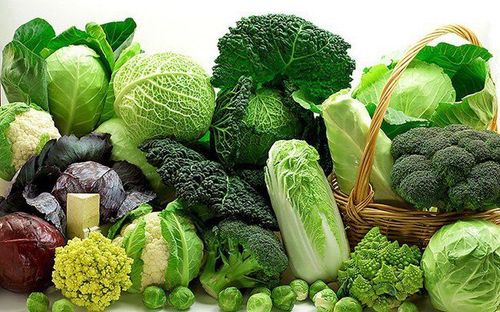
Các loại rau củ màu xanh đậm tốt cho mắt
4. Salmon
The retina needs to be maintained healthy by using 2 types of omega-3 fatty acids, DHA and EPA. These fatty acids are found in high amounts in fatty fish such as salmon, tuna, and rainbow trout. Omega-3s also protect the eyes from macular degeneration (AMD) and glaucoma. Diets lacking this fatty acid on a regular basis can lead to dry eyes.
5. Sweet potatoes
Orange fruits and vegetables such as sweet potatoes, carrots, watermelon, mangoes and apricots contain a lot of beta-carotene, a form of vitamin A that helps regulate the darkness of the eyes, increasing night vision. Particularly for sweet potatoes, in its composition it also contains a large amount of vitamin C and a small amount of vitamin E.
6. Lean meat and poultry
Zinc helps vitamin A travel from the liver to the retina, where it is used to make the protective pigment melanin. Zinc is found in many foods, so you don't have to worry that only seafood lovers will get enough of this nutrient. Frequently used foods such as beef, pork and chicken (white and red meat) are all good sources of zinc.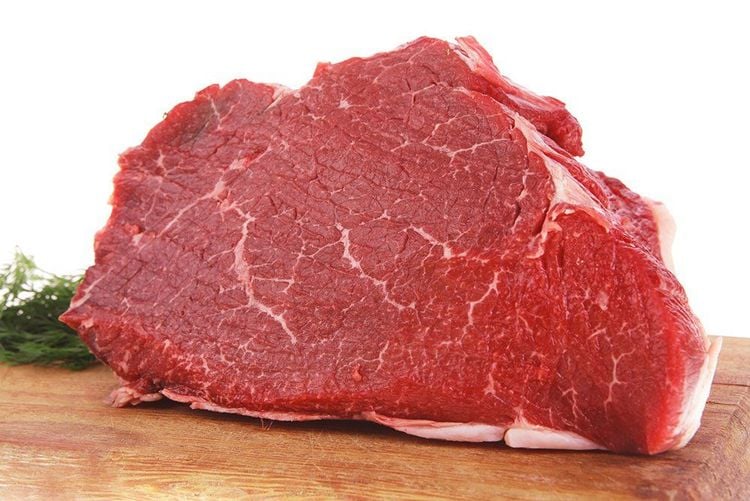
Thịt nạc chứa kẽm và vitamin A có lợi cho đôi mắt của người dùng
7. Beans and legumes
If you are a vegetarian, low-fat, high-fiber and still want to keep your eyes healthy, beans and legumes are a wise choice. Legumes such as brown umbilicus, lentils, and kidney beans are good sources of zinc.
8. Eggs
Eggs contain both zinc and 2 types of carotenoids, lutein and zeaxanthin. Eggs are really a nutritious food for the eyes because it is the zinc in eggs that helps the carotene in the egg yolk to be absorbed effectively. The orange-yellow color of these compounds helps block the retina-damaging blue light. They also help strengthen the protective pigment in the macula, which plays a key role in controlling vision.
9. Squash
Squash is a food rich in lutein and zeaxanthin. Young squash is rich in vitamin C and zinc; Mature squash is rich in vitamin A, vitamin C and omega-3 fatty acids.
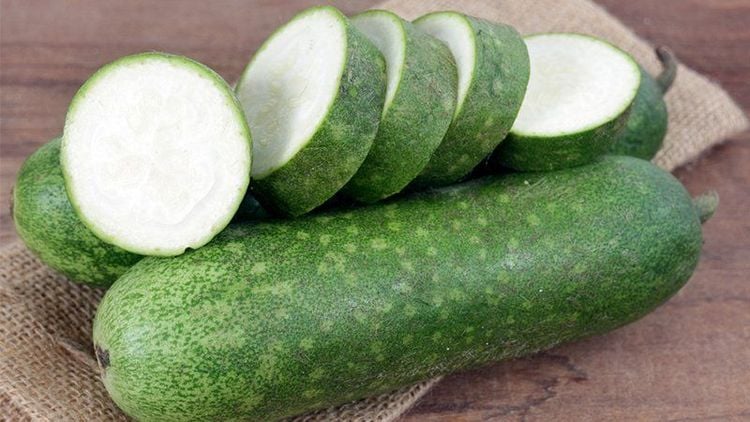
Bí đao chứa nhiều dưỡng chất giúp mắt sáng và khoẻ
10. Broccoli and Brussels sprouts
Broccoli and Brussels sprouts are rich in vitamin A (lutein, zeaxanthin and beta-carotene), vitamin C and vitamin E. They are both antioxidants that protect eye cells from free radicals, a type of molecule ability to break down healthy tissue. This is useful because the retina is very vulnerable.
Eyes are an important organ of the body but this is also a very vulnerable part. Therefore, taking care of hygiene and eye protection is very important.
To protect your eyes, Vinmec International General Hospital now has a Refractive Error Screening Package for customers over 6 months old who have symptoms such as blurred vision, refractive errors such as (nearsightedness, myopia, etc.) farsightedness , astigmatism ) or have strabismus with refractive causes.
Refractive error screening package helps customers screen for refractive errors (strabismus, nearsightedness, farsightedness, astigmatism, amblyopia) through general and conventional eye exams. Monitor and manage periodically for 1 year for patients with refractive errors. The advantages of screening for refractive errors at Vinmec include:
Early and accurate detection of refractive errors Customers are consulted, examined and guided on comprehensive care to ensure eye health and vision improvement. The modern American Spot Vision Screener machine measures refractive errors for children aged 6 months and older, with high accuracy, proven by measuring the eyes of nearly 40,000 children in Vietnam - data as of October/October/ 2017. Assessment of visual function for children who cannot speak by modern equipment of international standards. A team of medical doctors, technicians with many years of experience, trained and trained in developed medical science countries around the world.
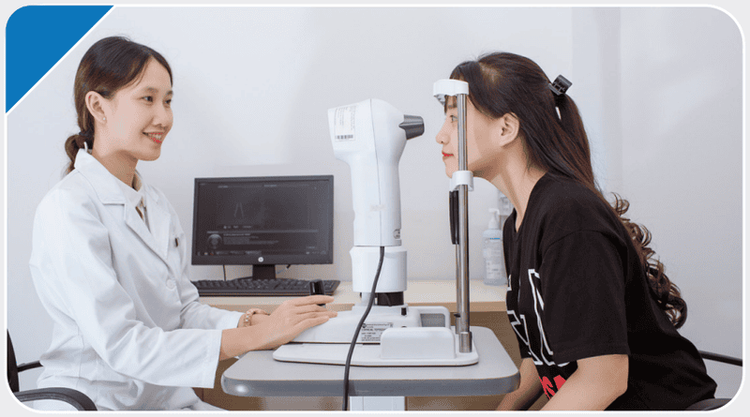
Định kỳ kiểm tra sức khoẻ của mắt là việc làm cần thiết
To learn about the Refractive error screening package at Vinmec International General Hospital, please book an appointment on the website for service.
Reference source: webmd.com
Please dial HOTLINE for more information or register for an appointment HERE. Download MyVinmec app to make appointments faster and to manage your bookings easily.






